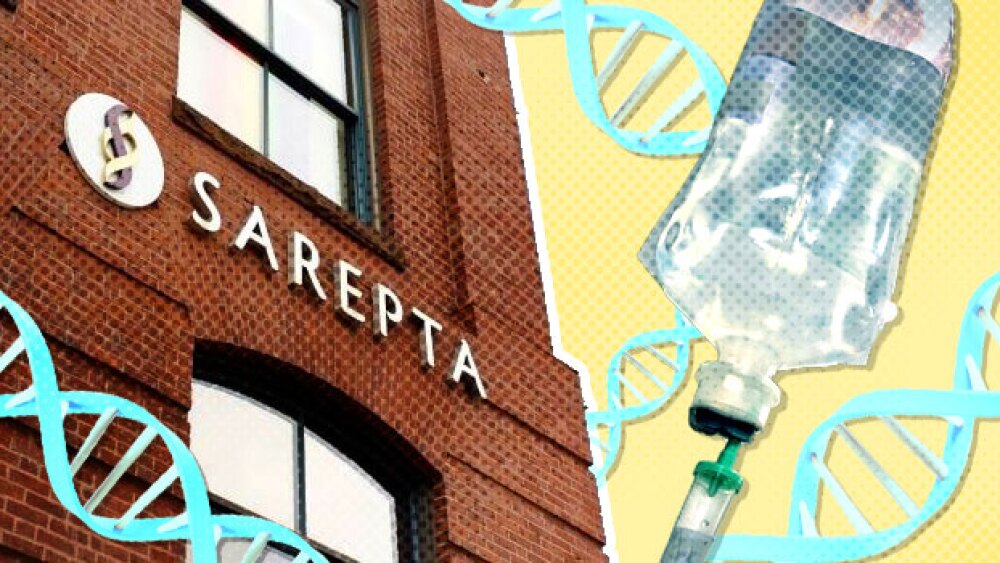Life on Earth is almost 4 billion years old, but multicellular life didn’t come along until just 1 billion years ago. So why did cells start sticking together? John Koschwanez at Harvard University and colleagues say that budding yeast (Saccharomyces cerevisiae) may show the answer. Yeast is a single-celled organism, but strains of some species, including the budding yeast, can also clump into groups of cells – the first step on the way to multicellularity. The researchers compared how both strains of yeast – free-living individuals and clumpers – fared in a weak sucrose solution. Yeast eats sucrose, but needs to break it down into glucose and fructose before it can get the food through its cell wall. To break the sucrose down, yeast produces an enzyme known as invertase.




